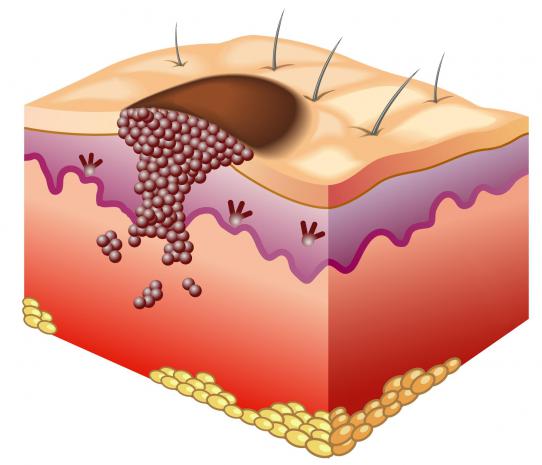
Breaking News
 Who Is ?@NickShirley?? | PBD Podcast | 710
Who Is ?@NickShirley?? | PBD Podcast | 710
 20 Cozy Ways to Celebrate New Year's Eve at Home
20 Cozy Ways to Celebrate New Year's Eve at Home
 The methylation switch: Scientists identify diet that can turn back the cellular clock
The methylation switch: Scientists identify diet that can turn back the cellular clock
 Americans are slaves for the wealthy elite's that write legislation along side corporations...
Americans are slaves for the wealthy elite's that write legislation along side corporations...
Top Tech News
 Laser weapons go mobile on US Army small vehicles
Laser weapons go mobile on US Army small vehicles
 EngineAI T800: Born to Disrupt! #EngineAI #robotics #newtechnology #newproduct
EngineAI T800: Born to Disrupt! #EngineAI #robotics #newtechnology #newproduct
 This Silicon Anode Breakthrough Could Mark A Turning Point For EV Batteries [Update]
This Silicon Anode Breakthrough Could Mark A Turning Point For EV Batteries [Update]
 Travel gadget promises to dry and iron your clothes – totally hands-free
Travel gadget promises to dry and iron your clothes – totally hands-free
 Perfect Aircrete, Kitchen Ingredients.
Perfect Aircrete, Kitchen Ingredients.
 Futuristic pixel-raising display lets you feel what's onscreen
Futuristic pixel-raising display lets you feel what's onscreen
 Cutting-Edge Facility Generates Pure Water and Hydrogen Fuel from Seawater for Mere Pennies
Cutting-Edge Facility Generates Pure Water and Hydrogen Fuel from Seawater for Mere Pennies
 This tiny dev board is packed with features for ambitious makers
This tiny dev board is packed with features for ambitious makers
 Scientists Discover Gel to Regrow Tooth Enamel
Scientists Discover Gel to Regrow Tooth Enamel
 Vitamin C and Dandelion Root Killing Cancer Cells -- as Former CDC Director Calls for COVID-19...
Vitamin C and Dandelion Root Killing Cancer Cells -- as Former CDC Director Calls for COVID-19...
Discovered: The genetic flaw that triggers skin cancer

Up to 70 per cent of cases of malignant melanoma could be sparked by a genetic mutation caused by ageing and over-exposure to the sun.
Scientists at The Institute of Cancer Research had previously linked the rogue version of the so-called BRAF gene to the disease but did not know if it actually caused the cancer.
Now, the same group of researchers has shown that acquiring the BRAF mutation can be the first event in the cascade of genetic changes that eventually leads to melanoma, the most deadly form of skin cancer.
While the mutation could occur naturally, the odds of it appearing are likely to be exacerbated by intensive exposure to the sun.
Lead author Professor Richard Marais from the institute said: 'We know that excessive sun exposure is the main cause of skin cancer, but not much is known about the genetics behind it.
'Our study shows that the genetic damage of BRAF is the first step in skin cancer development.
'Understanding this process will help us develop more effective treatments for the disease.'
There are around 9,500 new cases of malignant melanoma and more than 2,300 deaths from the disease each year in the UK.
Over-exposure to sunlight causes at least two thirds of all malignant melanomas and up to 90 per cent of other skin cancers. This excessive exposure damages DNA and causes genetic mutations.



